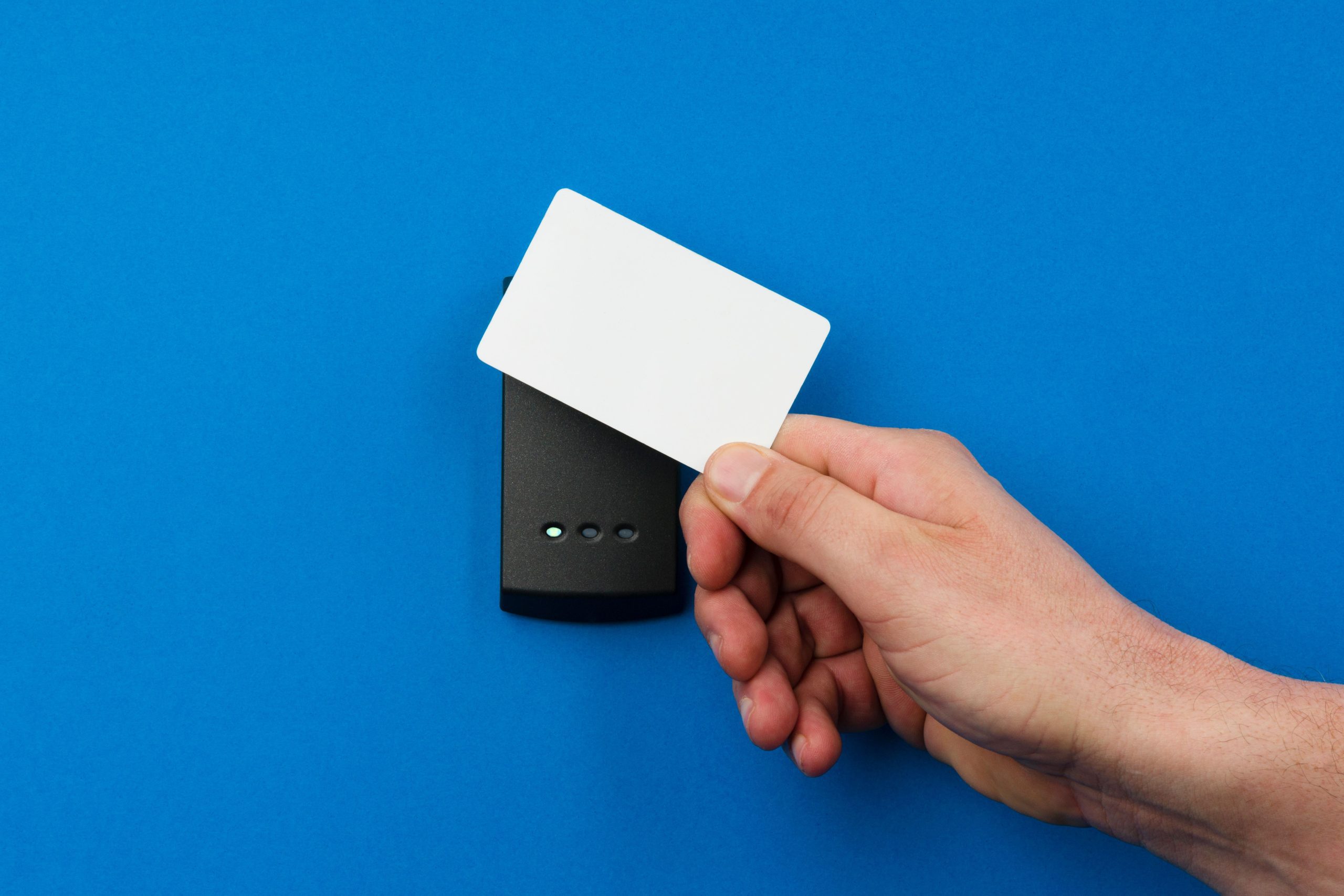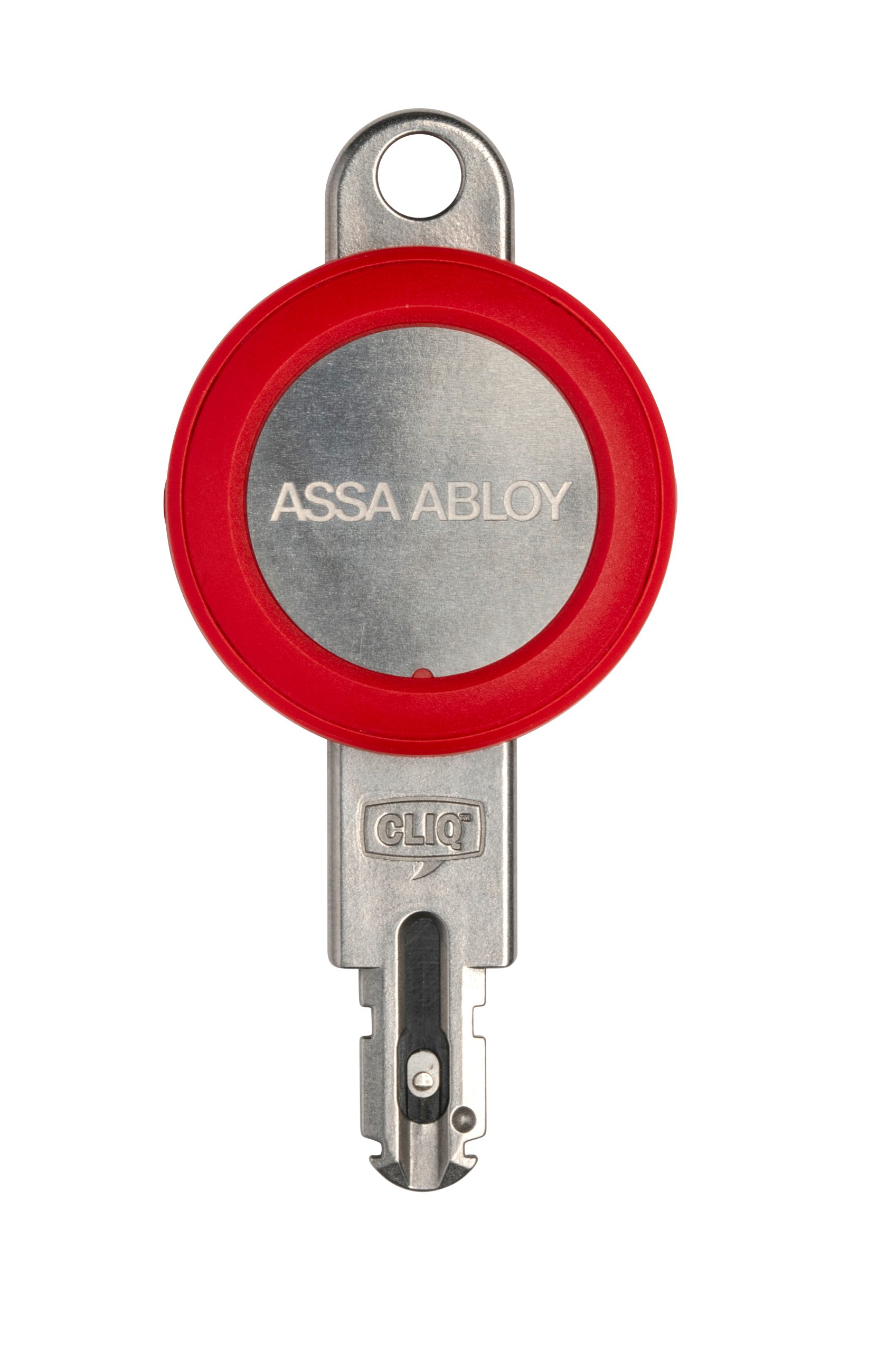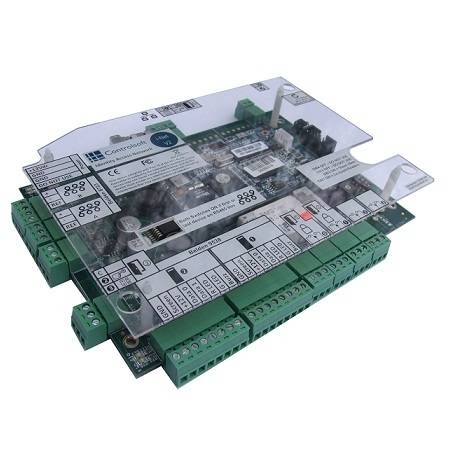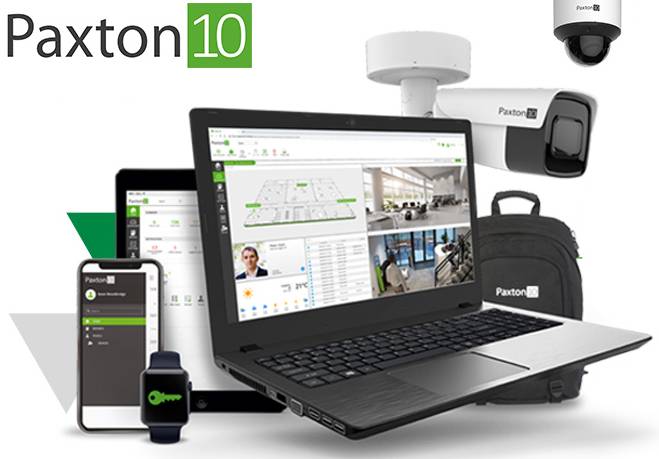
Access Control System Maintenance Guide for End Users
Introduction: Your access control system is a vital component of your security infrastructure, providing controlled access to your premises. To ensure its continued reliability and effectiveness, regular maintenance is essential. This guide is designed to help you, as an end user, understand the maintenance requirements and best practices for your access control system.
1. Routine Visual Inspection
Regular visual inspections are essential for maintaining an efficient access control system:
- Access Points: Examine access points, including card readers, keypads, and biometric scanners, for any physical damage, signs of wear, or tampering.
- Wiring and Cables: Check wiring and cables for wear, loose connections, or damage.
- Control Panels: Inspect control panels for any error indicators or malfunctions.
2. User Access Management
Effective user access management is key to the security of your premises:
- User Access: Regularly review and update user access permissions to ensure that only authorized individuals have access.
- Access Cards/Key Fobs: Ensure access cards or key fobs are distributed, activated, or deactivated as needed.
- Password Changes: If applicable, prompt users to change their access codes or passwords regularly.


3. Backup and Data Management
Protecting your system’s data is crucial:
- Data Backup: Regularly back up access control system data, including user records and access logs.
- Data Storage: Ensure that data storage devices have sufficient capacity and are functioning correctly.
4. Testing
Regular testing helps identify and address system problems:
- Card Readers/Keypads: Test card readers, keypads, or biometric scanners to ensure they grant access as intended.
- Door Locks: Verify that door locks and electronic strikes are functioning correctly.
- Alarms: Test alarm notifications and alerts.
5. Software Updates and Patches
Keep your access control system’s software up to date:
- System Software: Check for manufacturer software updates and apply them as needed.
- Firmware Updates: Ensure that all devices and components are running the latest firmware versions.
6. Emergency Procedures
Ensure that you and your team are familiar with emergency procedures:
- Emergency Access: Know how to grant emergency access or override the system in case of an emergency.
- Backup Power: Understand how to operate the system on backup power in case of a power failure.
7. Professional Maintenance
Consider scheduling periodic professional maintenance:
- Annual Service: Arrange for annual maintenance by a qualified technician to perform a comprehensive inspection and testing of the entire access control system.
- Repairs: Promptly address any identified issues or malfunctions with professional repairs.
Check out our Quote Builder to calculate your maintenance costs:
Maintenance Quote Builder8. Documentation
Maintain records of maintenance activities:
- Maintenance Log: Keep a log of all maintenance and inspection activities, including dates and findings.
- Contact Information: Have the contact information for your access control system provider or technician readily available.

Help!
Do you have more questions? Get in touch
Calculate your maintenance costs here: Maintenance Quote Builder
